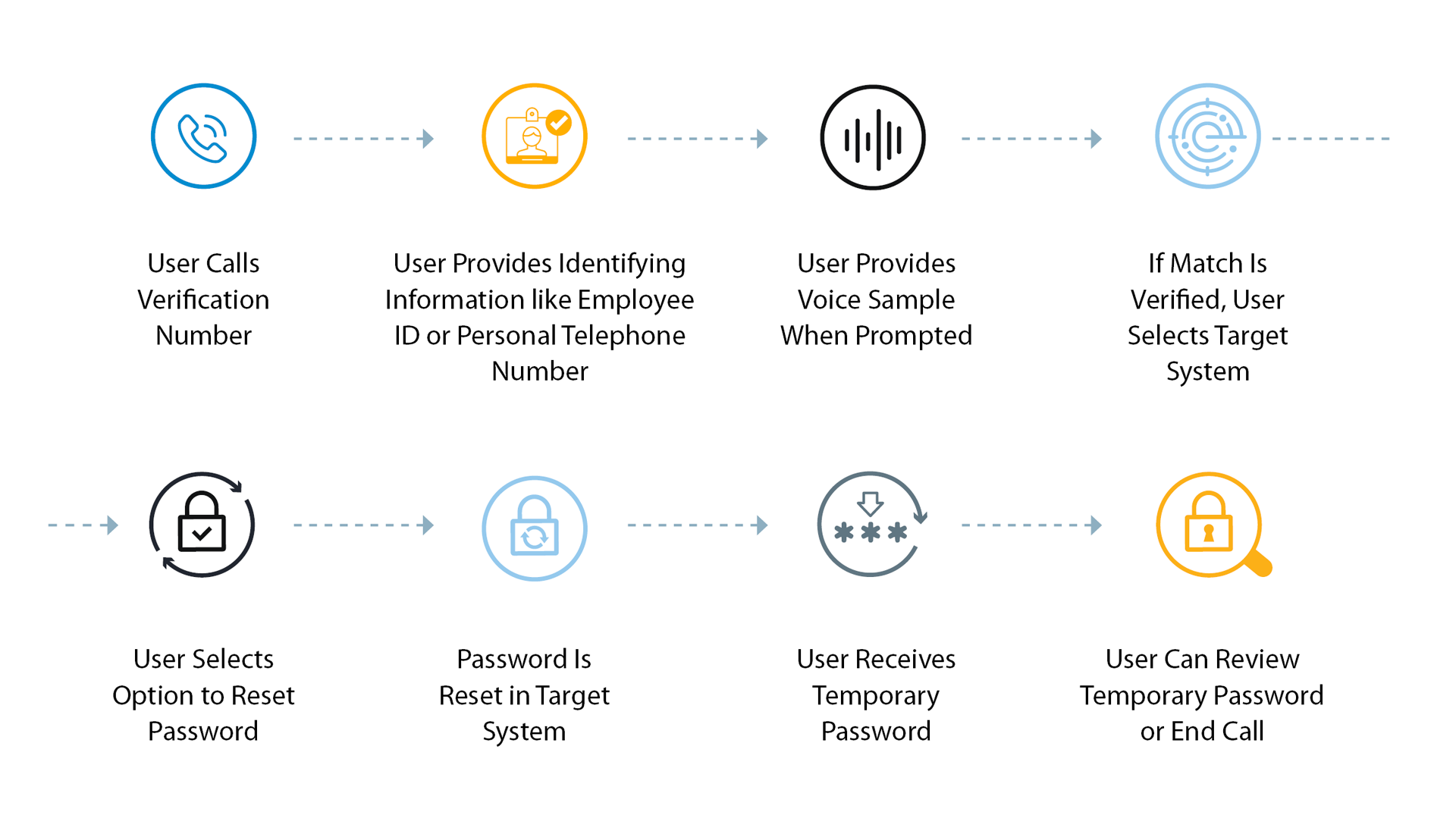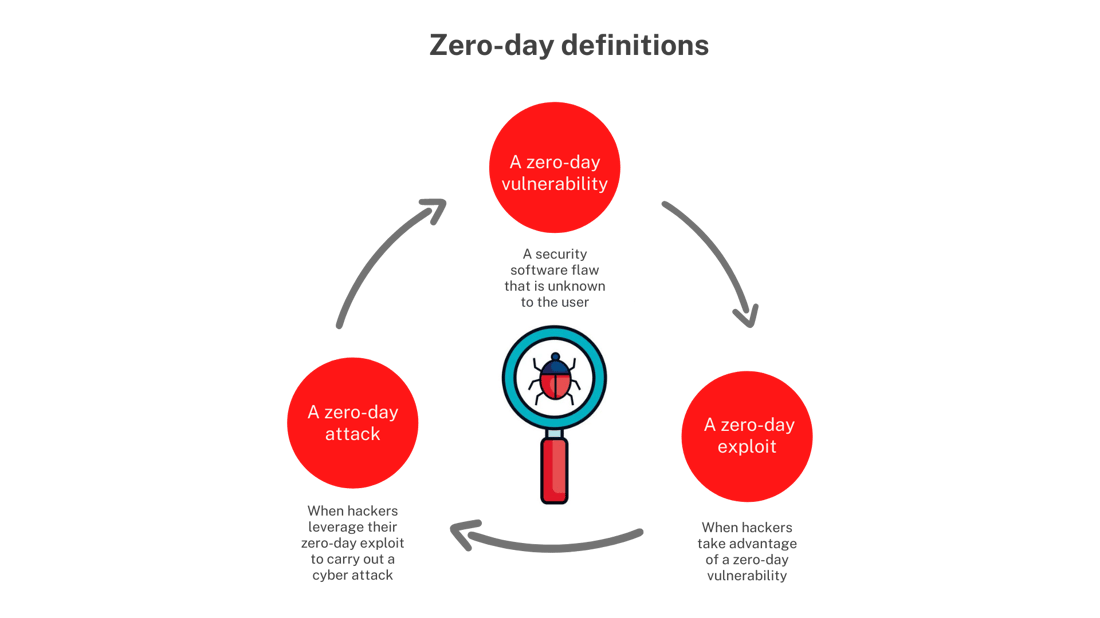
We have gotten used to having a tiny device in our pocket that can connect to the internet and make voice calls (if you can get anyone to answer). But what’s really happening when our phone connects to a nearby cell tower?
At Its Heart, It’s Still a Radio
Modern cell phones and tower sites are all digital, even for the voice communications. But it’s using radio frequencies, just like your car radio or a police radio. The radio systems inside your phone are feeding the computer in your device the digital bits that it needs to communicate back and forth. It handles an amazing array of frequency hand-offs as it moves you from one cell site to another. The system finds an open channel and directs your phone to it with no discernible lag.
The Cell Site Itself is a Complex Marvel
Inside the cell site itself, things are even more amazing. Directional couplers allow radio signals to be split off (usually with reduced power) for such applications as feeding a frequency counter, a signal meter, or other peripheral device in the radio circuits. Network systems in the cell site are sending your information upstream to the internet and the rest of the phone system with a combination of wireline circuits and microwaves, depending on the terrain and the situation.
It’s impressive that a device can do what it does for you while being pocket-sized, but it’s also impressive that a small cell site with equipment fitting in a small building smaller than a house trailer can field thousands of calls and route information to and from the rest of the network. Speeds are now rivaling household wifi.
The history of radio communications has been higher frequencies, sites that are closer together and more numerous, and bandwidth that would have been inconceivable a few years ago. The next generation of cellular equipment will be even more amazing.
































